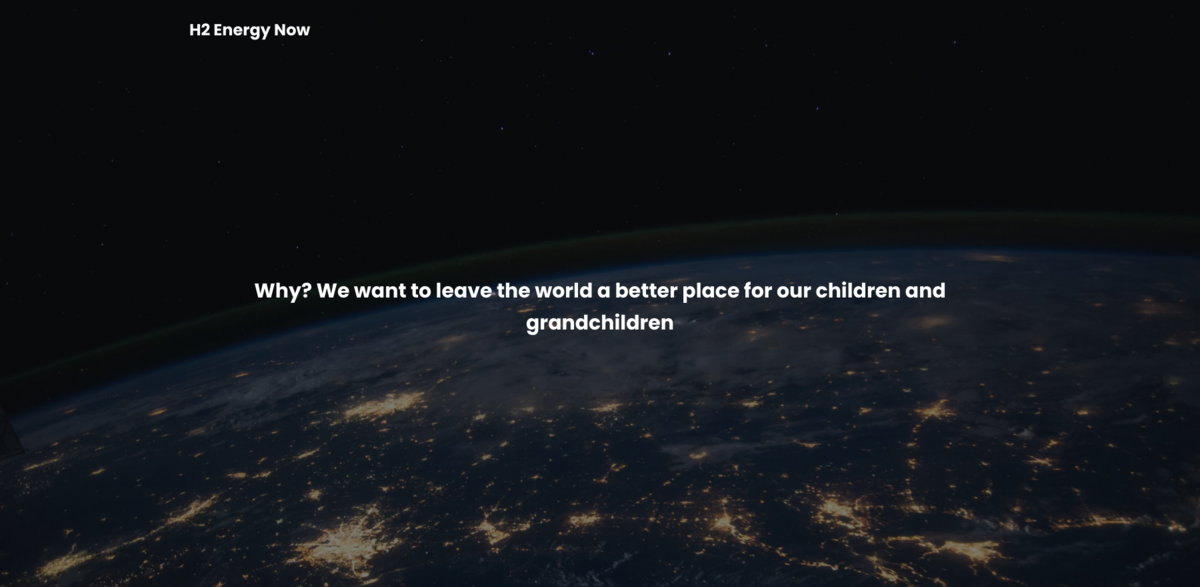What is H2 Energy Now?
H2 Energy Now is revolutionizing the way renewable energy is stored. The core idea? Renewable energy isn’t stored efficiently—yet. This project has cracked the code by using electromagnetic waves to create green hydrogen, making energy storage not just possible but efficient and affordable. The process is pretty fascinating: fresh or salt water is treated with radio waves tuned to resonate with the H2O bond, causing the water molecules to vibrate and split into hydrogen and oxygen gases. These gases are then safely stored under high pressure and converted back into electricity when needed. It’s a clean, innovative cycle that could change how energy powers our world.
Main Benefits of H2 Energy Now’s Technology
Here’s what sets this project apart:
- 29% more efficient than competitors
- More cost-effective product compared to others on the market
- Lower capital expenditures—no rare metals required
- System testing shows an impressive 88% efficiency, beating the typical 60% efficiency of standard electrolysis
- Patents granted in the USA and EU in 2019, with additional patents in France, Germany, and Great Britain in 2020
- Currently scaling up production to 100 kg of hydrogen per day
How the Technology Works
The magic lies in the use of electromagnetic waves at a specific frequency that resonates with the water molecule’s bond. This resonance forces the molecule to vibrate intensely, breaking it apart into hydrogen and oxygen gases. Unlike traditional electrolysis, which can be energy-intensive and less efficient, this method is cleaner and more effective. The gases are then filtered and stored separately under high pressure, ready to be converted back into electricity or used in fuel cells when demand arises. It’s a neat, closed-loop system that maximizes renewable energy use.
Commercialization and Development
H2 Energy Now isn’t just a concept—it’s moving fast toward real-world application. The team has built a proof-of-principle prototype and is actively scaling up the product. They’re incorporating lessons learned from testing into their designs, grounding their cutting-edge tech with solid data. The project is currently in the commercialization phase, aiming to bring this breakthrough technology to market and make a tangible impact on energy storage solutions worldwide.
The Team Behind the Innovation
The project is driven by a dedicated team with diverse expertise. Led by CEO Sonya Davidson, the group includes chemists, engineers, and business advisors who bring valuable insights and a willingness to learn from every experience. Their combined skills and passion fuel the ongoing development and refinement of the technology, ensuring it’s both innovative and practical.
Impact on Sustainable Development Goals (SDGs)
- SDG 7: Affordable and Clean Energy
- SDG 9: Industry, Innovation, and Infrastructure
- SDG 11: Sustainable Cities and Communities
- SDG 13: Climate Action
- SDG 15: Life on Land
Looking Ahead: The Future of Energy Storage
This technology promises to transform how energy is stored and used, making renewable sources more reliable and accessible. By increasing the usable hours of renewable energy by 66%, it has the potential to significantly reduce reliance on fossil fuels. The project embodies a spirit of innovation and commitment to a greener future—one where energy storage is no longer a bottleneck but a bridge to sustainability. As the team continues to scale and refine their system, the world watches with anticipation for a cleaner, more efficient energy landscape.





















